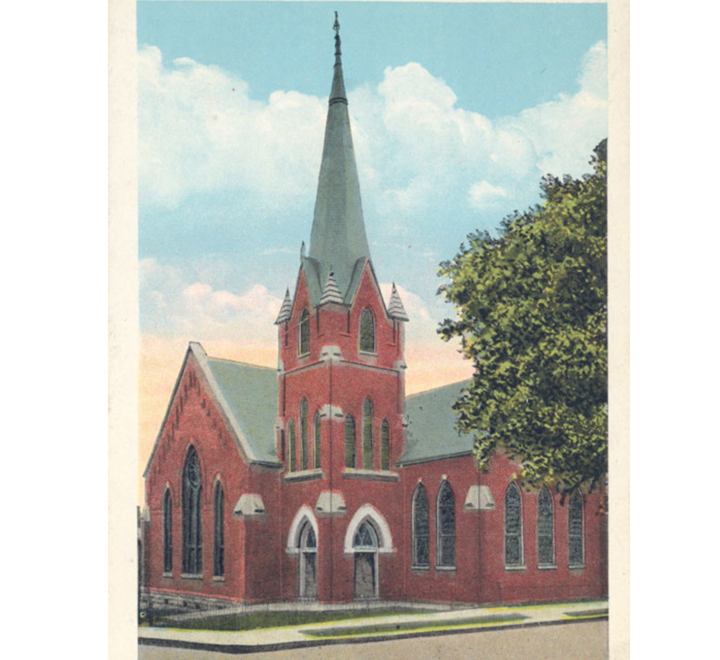Sinking Spring Presbyterian Church and the Ebbing Spring Presbyterian Church, now the Glade Spring Church, are first mentioned, officially, in the records of Hanover Presbytery, as extending a call to Parson James Campbell at a meeting of the Presbytery at Rockfish Presbyterian Church (just east of Afton) in Nelson County Virginia on April 8, 1772. The parson apparently never filled the call, as his death the following September 7th is recorded in the Presbytery minutes of October, 1772. Parson Charles Cummings, called by these churches January 5, 1773, accepted the following June 2, 1773 at the meeting of Hanover Presbytery held in the Tinkling Spring Presbyterian Church near Fishersville.
The Sinking Spring Cemetery marks the site of the first church building bearing the Sinking Spring name. Built as a front-log structure in the early 1700’s, it was supplanted by a larger building sometime in the 1780’s. This continued as the church site until 1831-1833 when the third building was built on Main Street and which building has now become the Barter Theater. Later it was sold to “The Sons of Temperance” and was called “Temperance Hall” for many years. Still later it was turned over to the town and has gradually changed into its present state of usefulness both as Barter Theatre. In 1837 the church divided in the “new school – old school” controversy, part remaining at the Barter location and part moving out. The new school group moved and built Sinking Spring Presbyterian Church at the present location. Rev. James S. McChain was pastor of the new School Denomination which moved.


